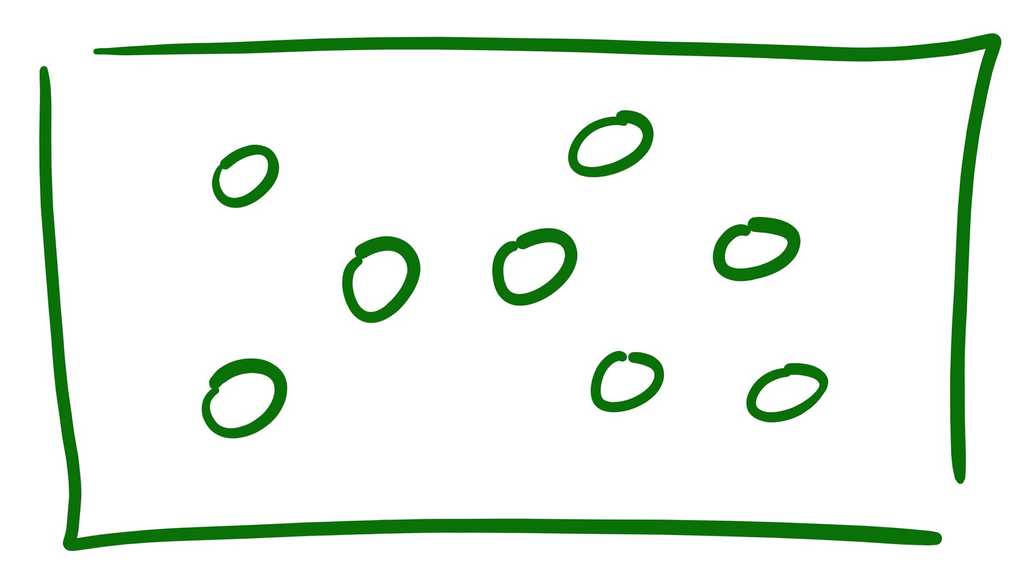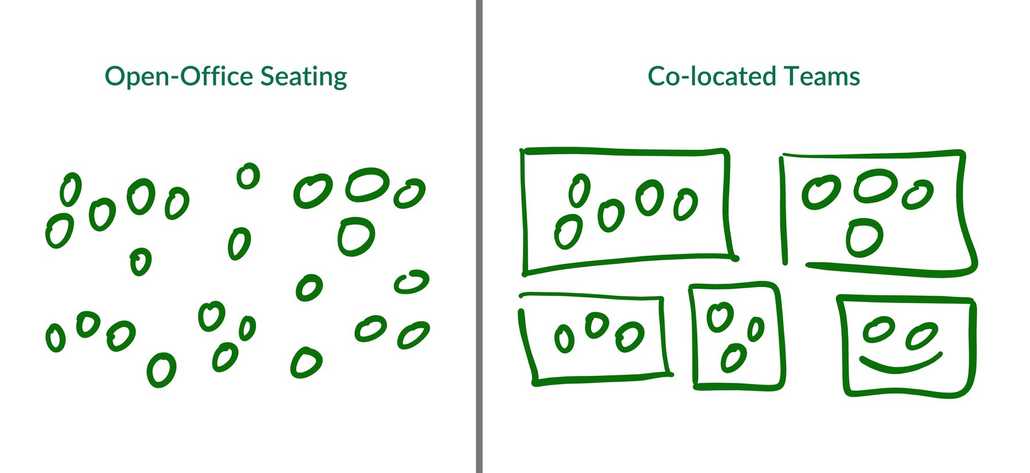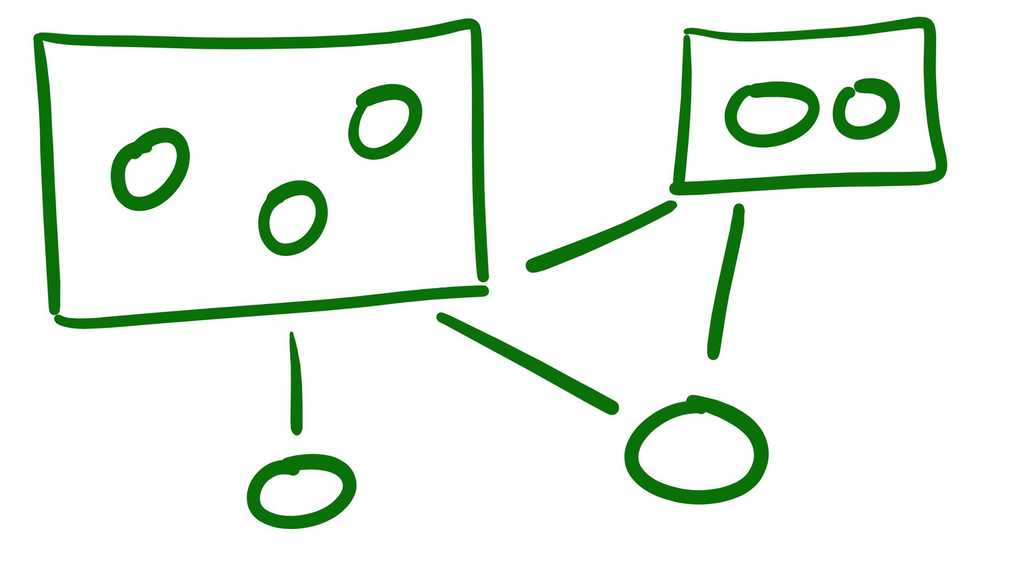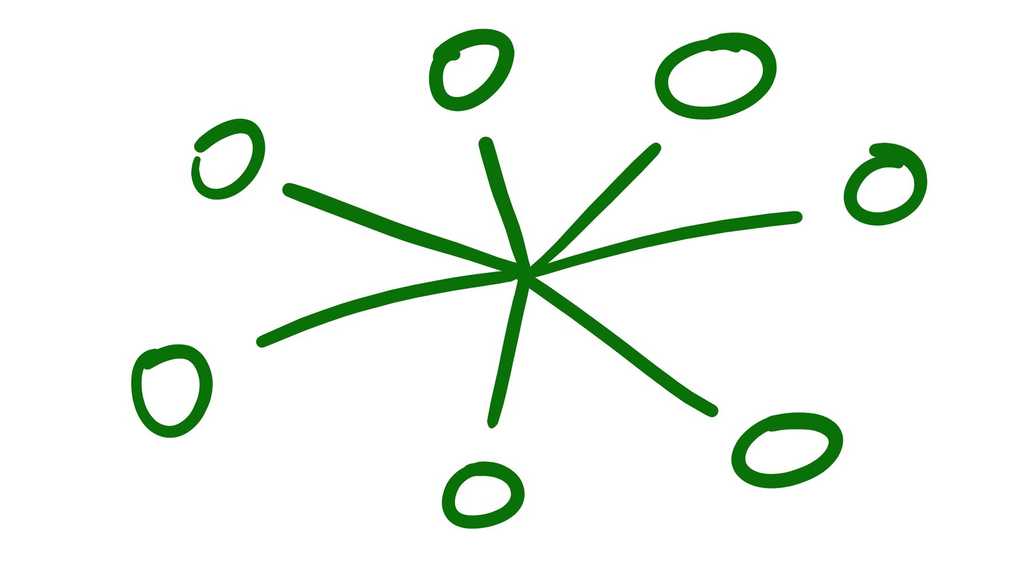Defining Distributed, Remote, Co-located, and Dislocated Teams
Published:
The Problem
With so much discussion about teams and their work environments, it’s important we be careful with terminology. Misunderstandings can easily occur.
Terms we commonly see:
- Co-located team
- Distributed team
- Remote team
And I propose a fourth:
- Dislocated team
Proposal
I believe we can elevate our discourse regarding teams and in the following sections, I propose new (or clearer) definitions for terms used commonly when discussing team structures.
Foreword
‘Team’ and ‘Group’ have distinct meanings and are mutually exclusive – the distinguishing factor is whether the members have individual accountability or mutual accountabilities.
Teams are not large. Beyond a threshold of approximately 9, sub-team behaviours easily develop. There are exceptional cases however: in light of extraordinary performance arts like orchestral music, choirs, dance troupes, martial arts, it can be argued those large structures fit the definition of ‘team’; however, in each of those rare achievements, sub-teaming and ubiquitous patterns are developed through extensive practice among individuals and as a collective. (This topic is worth an entire blog article in future.)
Definition: Co-located Team

This term is used consistently to mean:
A team in which all members spend significant work time together in the same physical space such as “team room”.
Clarifications/Caveats
-
Think 'Real Team' as used by Katzenbach and Smith in The Wisdom of Teams.
-
‘Team’ in this context refers to a collective not often larger than approximately 9, whose members have complementary skills and share mutual accountability to a common goal or mandate.
-
‘Members’ in this context refers only to the people who feel mutually responsible. The term excludes people who float in-or-out (such as temporary specialists) or have individual accountabilities not shared by the others (such as people from a different realm of authority / hierarchy).
-
‘Significant work time together’: co-located teams often have working agreements which enable flexible schedules and work locations, such as working-from-home. However, working together is their normal mode and working apart is their exception.
-
‘Team room’ in this context describes a physical space designated for the team; it’s their room and not shared with others. There are no walls or doors that separate the members of the team. And the room is isolated from other rooms acoustically (at least) and often visually (as well) — the team members can make noise without risk of disrupting others; others can make noise without disrupting the team.

This notion of ‘team room’ is sometimes conflated with ‘open-plan offices’. But these concepts are unrelated and have very different effects. Teams can neither form nor co-exist in open-plan offices. Osmotic communication is inhibited (e.g. the signal-to-noise ratio is low). So the use of headphones becomes normal; the use of meeting rooms becomes frequent; and people tend toward individualized work. (I am not an advocate of open-plan offices.)
Definition: Dislocated Team (New Term)

This is the arrangement usually meant by the term ‘distributed team’. I think that misnomer will change in time. ‘Dislocated’ is a more precise and expressive term.
I propose this term to mean the following:
A group of people who routinely coordinate their activities in order to co-create work product (as is the expectation of a “Real Team” as defined by Katzenbach and Smith), but whose members (some or all) are acoustically and/or visually separated by walls (such as cubicles or separate offices, buildings, time zones).

To be clear: even minor separators like walls and doors cause dislocation. It isn’t enough to organize the group’s members on the same floor of an office building. If even one member is separated by a wall from the others, the team is not co-located, they are dislocated. More on that below.
Clarifications/Caveats
-
I have been criticized for applying this term because, (as the criticism goes) the word ‘dislocated’ can have a negative connotation. Yes. This is intentional. Of all the possible team structures, dislocation is the worst by a large margin.
-
Visual or acoustic separation drastically reduces osmotic communication. This factor then significantly increases the probably of asynchronous media such as email or digital communication tools. Communication is conducted by the passing of notes and documents, and collective decisions are rarely made outside the context of formal meetings.
-
As asynchronous communication normally becomes the default mode, separation by cubicle wall or ocean are essentially equivalent. Patterns like swarming and pairing are extremely rare and therefore feelings of mutual accountability are fleeting at best.
-
‘Group’ is often a better term to desribe the working relationships of people in dislocated configurations because the behaviours expected of “Real Teams” are usually absent. Specifically, the tendency toward sub-teams is strong, and patterns of individualized work rapidly develop.
Definition: Distributed Teams

I propose this term to mean the following:
Multiple Co-located Teams, each of which occupy separate locations. Example: whole teams, each in their own location (irrespective of time zones, city, or floors or rooms of the same building).
Clarifications/Caveats
-
Team units in this context do not routinely coordinate their activities with other team units in order to co-create work product. If working in the same product, program, or service, they may need to integrate their work periodically; but these events are better described as integrations, releases, perhaps deliveries; not “hand-offs“, not “collaboration”.
-
The word ‘team’ in this context will always be plural. If used in the singular, the speaker is probably describing a Dislocated team.
-
If we abandon this term when actually discussing Dislocated Teams, then we can more appropriately use Distributed Teams to consistently mean, as above, “multiple teams each in their own geographic location”.
Definition: Remote Team

I propose this term to mean the following:
A single team unit whose members each occupy a separate geographic location (such as their own individual houses or offices) and communicate with each other exclusively through digital tools (i.e. telecommunications/internet).
Clarifications/Caveats
-
Team members in this context routinely coordinate their activities in order to co-create work product — just as is expected of Co-located Teams except no two or more members are co-located.
-
Synchronous or asynchronous tools are required and team members each have a similar toolset with which to interface/interact with their teammates. (i.e. They share a common interface through which each person relates and communicates.)
-
Osmotic communication is not expected. (Whether it’s even desirable in this context is debatable.)
-
Crowd-sourcing is not included in this definition — that’s different.
-
While more difficult (though, even that is debatable), swarming patterns such as mobbing and pairing have proven to be frequent and effective among these team units.
-
Radical examples of remote teams have proven to be effective with “Asynchronous by Default’ communication patterns.
-
Team units of this type suffer significant risk if any two or more members choose to co-locate for a significant period. Maintaining the exclusive use of the agreed-upon communication tools is paramount — the remote-only patterns are easily undermined. If any two co-locate, they effectively dislocate their teammates — a condition that can easily become permanent.
Please comment below if you would like me to publish any of these related articles:
- Patterns that Work for Distributed Teams
- Patterns that Work for Remote Teams
- Why Are Dislocated Teams So Common?
- Can Teams be Larger Than 12?